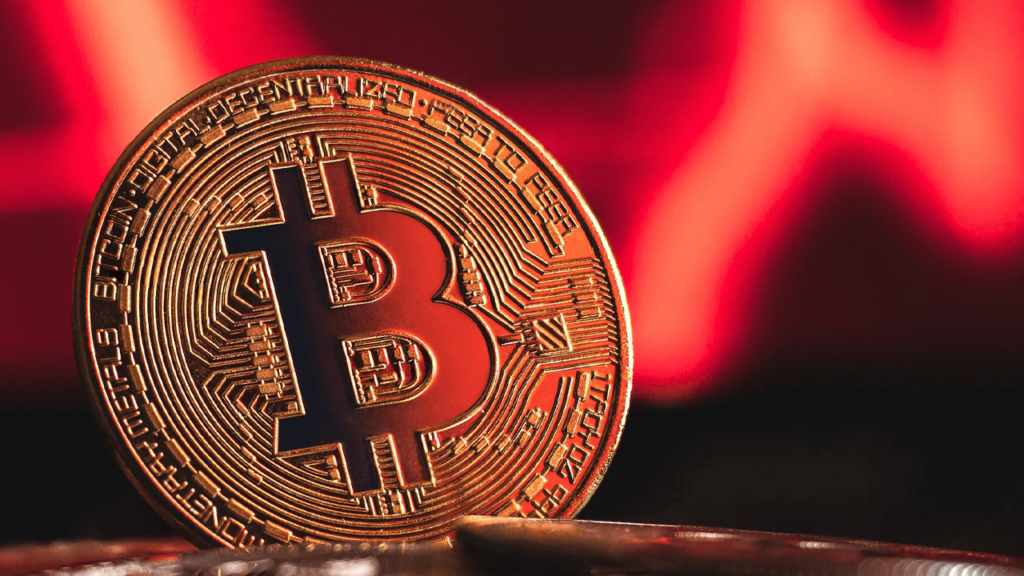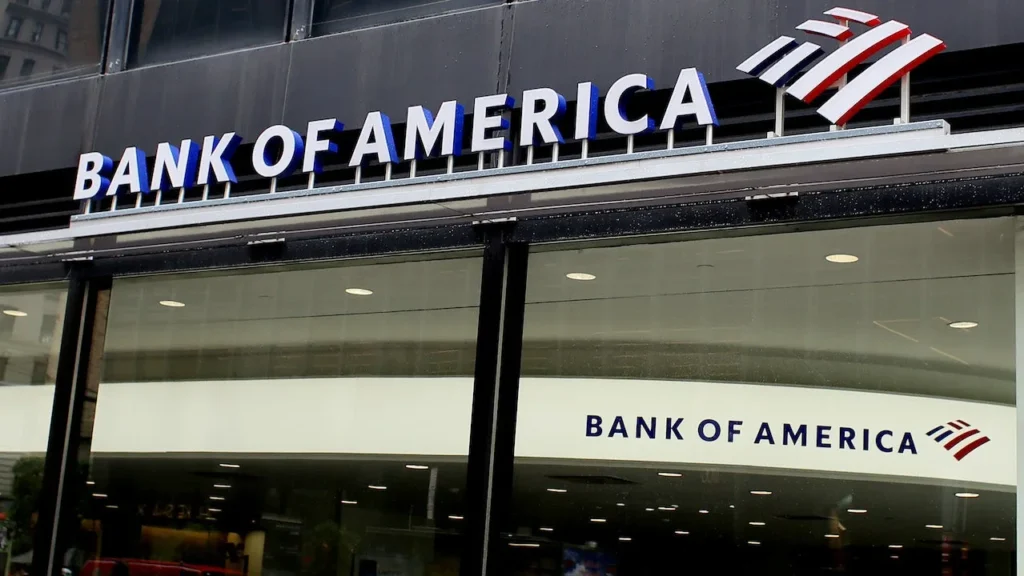It’s not just the crypto crowd making moves anymore — the phrase Top Banks Rush to Control Bitcoin is playing out in real time. JPMorgan, Goldman Sachs, and a lineup of America’s biggest banks are no longer dabbling in digital assets. They’re building infrastructure, signing partnerships, and expanding services in ways that suggest they want more than a seat at the table. They might want the table itself.
Some see this as overdue recognition of Bitcoin’s legitimacy. Others? A power grab, plain and simple. Either way, the market is shifting.
Top Banks Rush to Control Bitcoin: From Skepticism to Strategy
Remember when Bitcoin was dismissed as “magic internet money” in traditional finance circles? That wasn’t so long ago. Fast forward to 2025, and you’ve got heavyweight institutions scrambling to get in position.
According to reporting from Coinpedia, JPMorgan has scaled up its crypto desk operations, while Goldman Sachs is pushing structured Bitcoin products for high-net-worth clients. Bank of America and Citigroup have also been spotted strengthening their blockchain research divisions, and Morgan Stanley has reportedly expanded its custody offerings.

Credit from : Reuters
What’s changed? A few big things:
- The approval of U.S. spot Bitcoin ETFs
- Institutional clients actively requesting BTC exposure
- A broader regulatory framework starting to take shape
Put simply, Bitcoin’s not a fringe asset anymore — and Wall Street knows it.
Top Banks Rush to Control Bitcoin: Who’s Leading the Charge?
At the front of the pack, JPMorgan has been quietly but aggressively expanding its crypto services. Per CryptoRank data, the bank now offers Bitcoin trading, custody, and settlement solutions aimed squarely at institutional players.
Goldman Sachs, meanwhile, is betting on derivatives — offering futures, options, and bespoke investment notes tied to Bitcoin. The strategy? Provide exposure without forcing clients to touch the asset directly.

Credit from : ESG News
Bank of America and Citigroup seem to be playing the longer game, focusing on blockchain-based settlement systems. While less headline-grabbing, these could give them huge leverage over transaction flows if Bitcoin adoption keeps climbing.
The Playbook: From Custody to Market Influence
Here’s the pattern that’s emerging:
- Custody First – Secure storage for client BTC holdings builds trust and captures inflows.
- Trading Infrastructure – Offer liquidity, execution, and settlement services to control transaction pipelines.
- Financial Products – Launch ETFs, notes, and derivatives to tap speculative demand.
- Ecosystem Partnerships – Collaborate with crypto-native exchanges and fintechs for tech and reach.
As CoinStats notes, once a few large banks dominate these layers, their influence over market pricing and flows could rival that of the biggest crypto exchanges.

Credit from : Bitcoin.com
Are They Serving Clients — Or Steering the Market?
This is where the debate heats up. On paper, banks are simply “meeting demand.” Clients want Bitcoin exposure, so banks deliver it.
But here’s the catch: if these same banks end up controlling the bulk of institutional Bitcoin custody and settlement, they can indirectly influence liquidity — and in turn, price behavior. It’s not market manipulation per se, but it’s a level of influence that feels uncomfortably familiar to anyone who’s watched traditional finance centralize other asset classes.
And let’s be honest, Wall Street has a track record.

Credit from : Bankrate
Bitcoin’s Original Vision vs. Institutional Reality
Bitcoin’s early advocates saw it as a decentralized alternative to the banking system. Now, the very institutions it was meant to sidestep are building pipelines straight into it.
The upside? Potentially more stable markets, better security, and greater regulatory clarity.
The downside? Less independence, higher institutional control, and possibly a narrowing path for peer-to-peer usage.
Some analysts argue that if too much BTC ends up under bank custody, the network’s decentralized ethos could be compromised — even if the blockchain itself remains technically open.
Why Now? Timing Is Everything
The timing of this Wall Street pivot isn’t random.
- Regulatory tailwinds – While U.S. crypto policy is still evolving, clarity around custody and trading rules has improved.
- Market recovery – After a bruising 2022–2023 period, Bitcoin’s price rebound has reignited investor appetite.
- Competitive pressure – No bank wants to be the one that didn’t offer Bitcoin when clients ask for it.
In other words, there’s a fear of missing out — and in finance, that fear is expensive.

Credit from : Brooking Institution
What’s Next for the Power Balance?
If the current trend continues, we could see:
- A handful of banks becoming dominant Bitcoin custodians
- Traditional market-making firms expanding into BTC liquidity provision
- More crossovers between crypto-native firms and established banks
The big unknown? Whether regulators will step in to prevent over-centralization, or whether they’ll actually prefer it for easier oversight.
Final Word – Top Banks Rush to Control Bitcoin, But Who Really Holds the Keys?
At this point, the narrative is clear: big banks want in, and they’re not moving slowly. Whether you see that as good for Bitcoin’s long-term health or as the start of its co-option depends on where you stand.
Investors might enjoy smoother services and stronger safeguards. But the trade-off could be that Bitcoin’s control — once diffused across thousands of independent holders — starts concentrating in the hands of a few massive institutions.
One thing’s certain: the phrase Top Banks Rush to Control Bitcoin isn’t just a catchy headline anymore. It’s a developing story with real consequences, and we’ll be watching who ends up holding the keys… both figuratively and literally.



